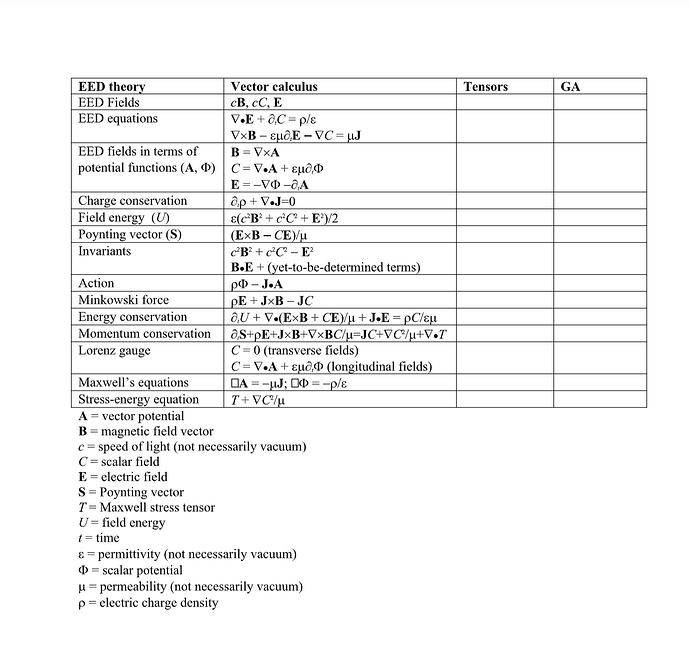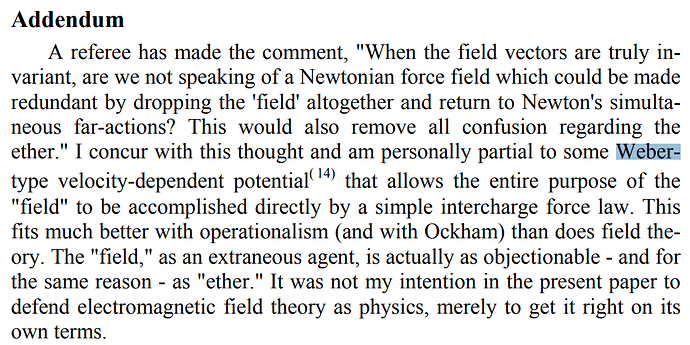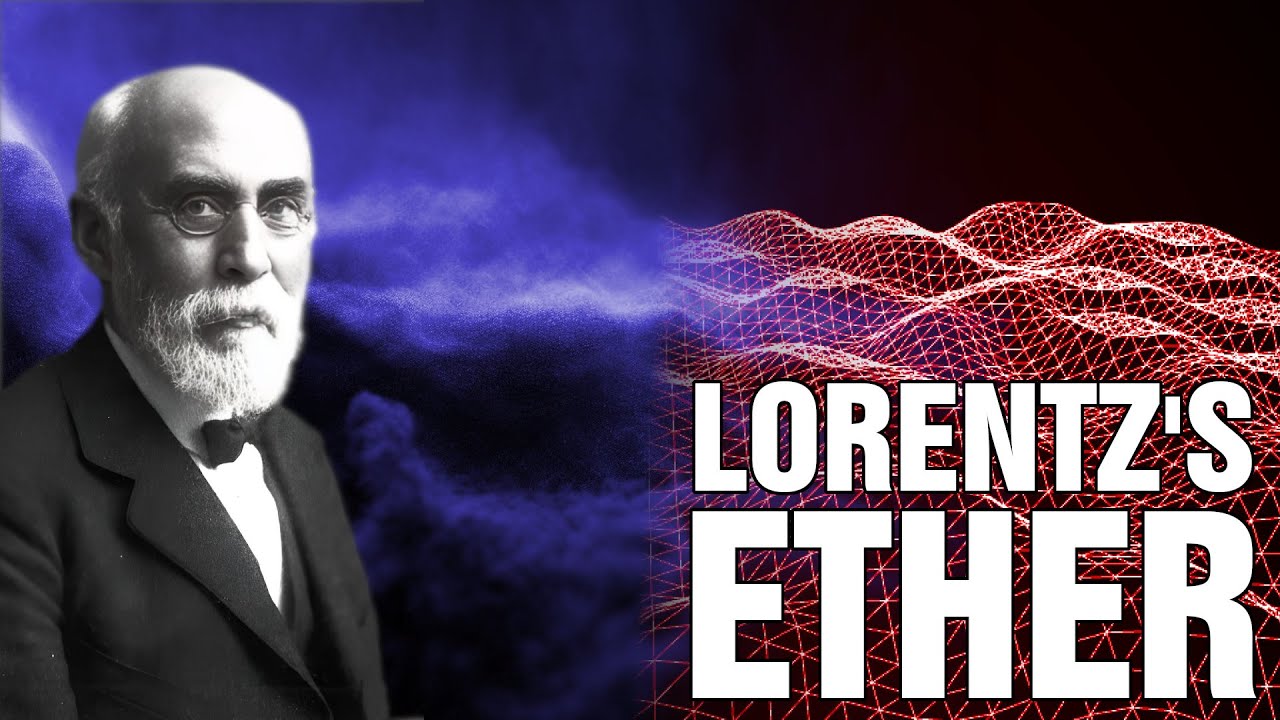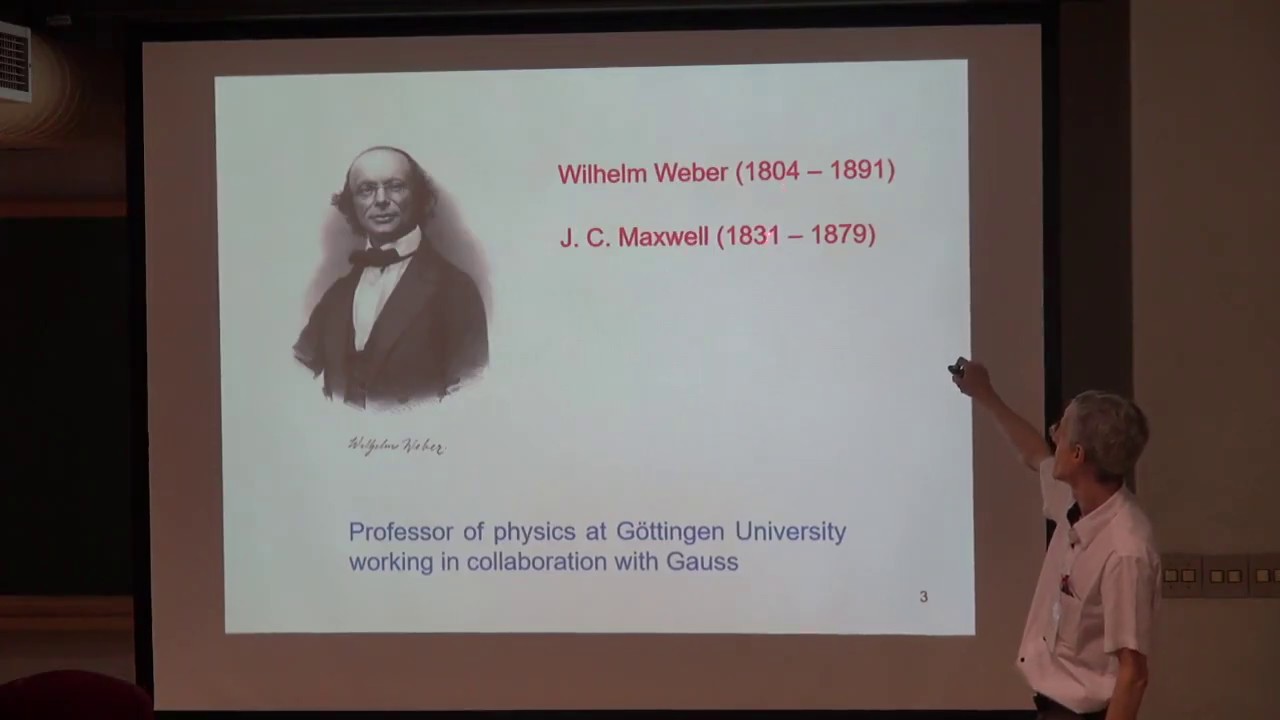hoo-boy… here we go…
Check out this paper in Nature “Scientific Reports” which I ran across as citing the recent “crackpot” stuff I ran across below:
The co-investigator with the guy who died in the midst of the experiments got back in touch with me and asked me to come up with a mathematical model of an antenna pattern test rig to predict the phase differences (at various dipole angles) between the null hypothesis and the hypothesis. To get something qualitative for this kind of thing I use a test charge with velocity being adjustable in place of the plasma Rx antenna. This, of course, requires treating the test charge as subject to a Lorentz Force.
So after sending him some preliminary Mathematica notebooks, I went searching the literature to crosscheck my work and discovered that a few months ago some guy published a relevant paper in which he avoided the Lorentz Force calculation by, instead, assigning the velocity to the hertzian dipole – holding the test charge stationary.
Abstract—Owing to the principle of relativity, the present state of knowledge explicitly allows Maxwell’s equations to be solved not only in the rest frame of an electromagnetic transmitter but also directly in the rest frame of the receiver without use of the Lorentz transformation and the Lorentz force. Recently, such a calculation was first performed for the Hertzian dipole. The analysis of the resulting formula breaks new scientific ground and indicates that Maxwell’s equations predict that electromagnetic waves in vacuum propagate at the speed of light, notably for each receiver, even when these receivers have relative velocities with respect to each other. Although this paradoxical phenomenon was expected, the finding that Maxwell’s equations nevertheless predict a classical Doppler effect was unexpected and indicates inconsistent or not yet fully understood aspects of canonical Lorentz-Einstein electrodynamics consisting of Maxwell’s equations, Lorentz force and Lorentz transformation.
That paper cites another published a year ago that details the motional Hertzian dipole math, in which the last 2 paragraphs are:
This approximation was analyzed and compared with the known solution (94) for Lorentz-Einstein electrodynamics. This comparison clarified that there is no need for a Lorentz transformation and that the solution for Weber electrodynamics is physically more reasonable and in full agreement with the wave equation that follows from Maxwell’s equations.
The main conclusion of this article is that Weber electrodynamics is also a Maxwellian electrodynamics, as it can be derived from Maxwell’s equations and the corresponding wave equation. The difference to Lorentz-Einstein electrodynamics lies in the fact that the solution of Maxwell’s equations must always be obtained in the rest frame of the receiver in Weber electrodynamics. However, as the article has shown, this seems to be the only generally valid approach anyway.
I say “hoo-boy… here we go…” not just because this gives the impression of there being “new physics”, but because my original conclusion in attempting to model the experimental data was that if that data was to be believed, it pointed to Weber electrodynamics.
That’s why I went researching the history of the relationship between Weber and Maxwell and found that there had been private communications between Maxwell and Peter Guthrie Tait to the effect that were it not for a preemptive critique of Weber electrodynamics by Helmholtz later found to be specious, Maxwell may have attempted to found his work on Weber electrodynamics.
PS: I should confess that I’m a bit rusty on all this and that if I were pressed on my opinion of Weber electrodynamics (and my original model that led me there) I’d not be able to defend it well. We’ll see if I can afford the time and energy to get back up to speed given other demands.
PPS: During my revisitation of this topic in my email archives, I ran across this invaluable “Rosetta Stone” of historic EM notations going back to the first publications through more recent controversies over the physicality of the curl-free magnetic vector potential.




